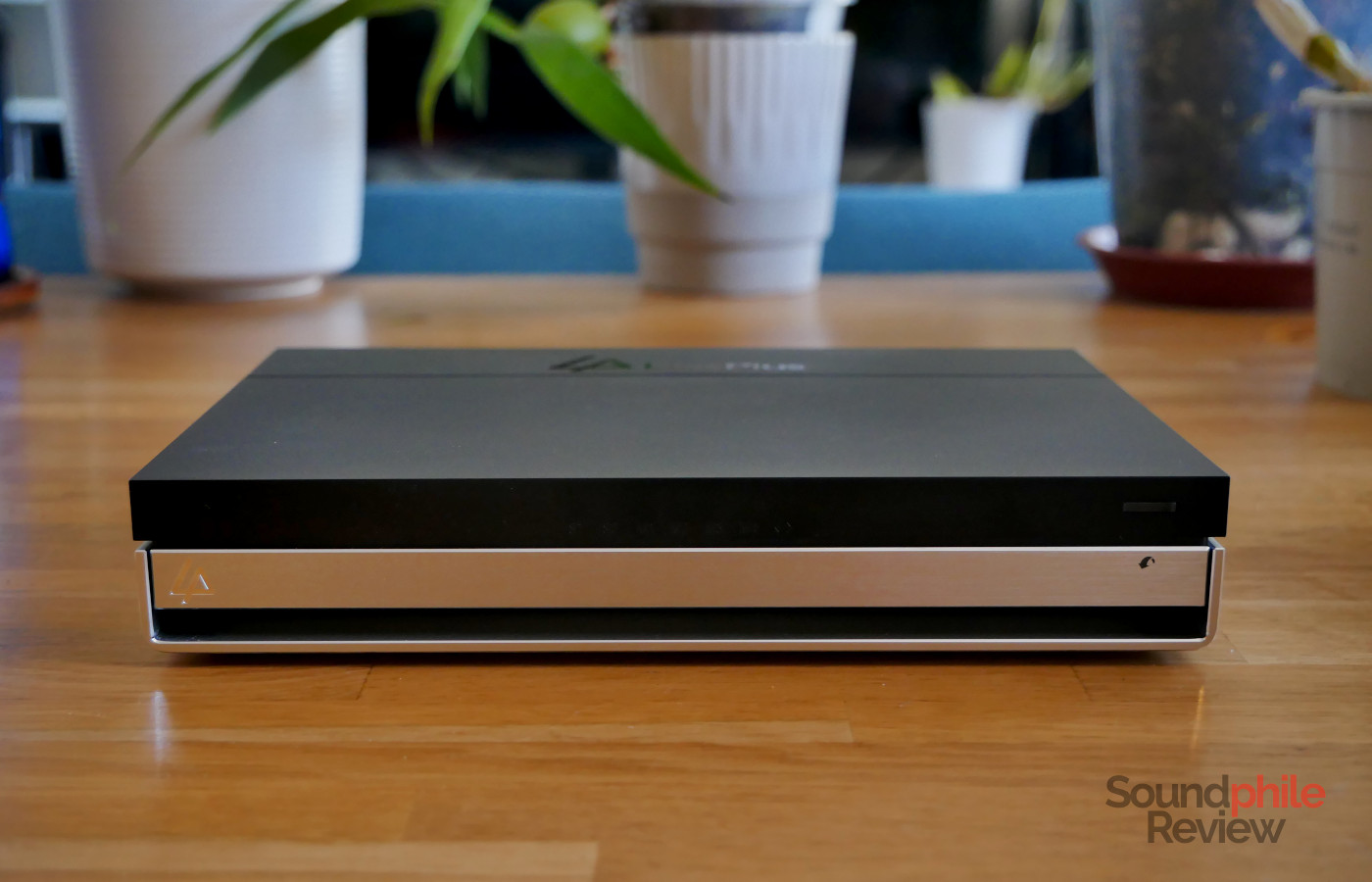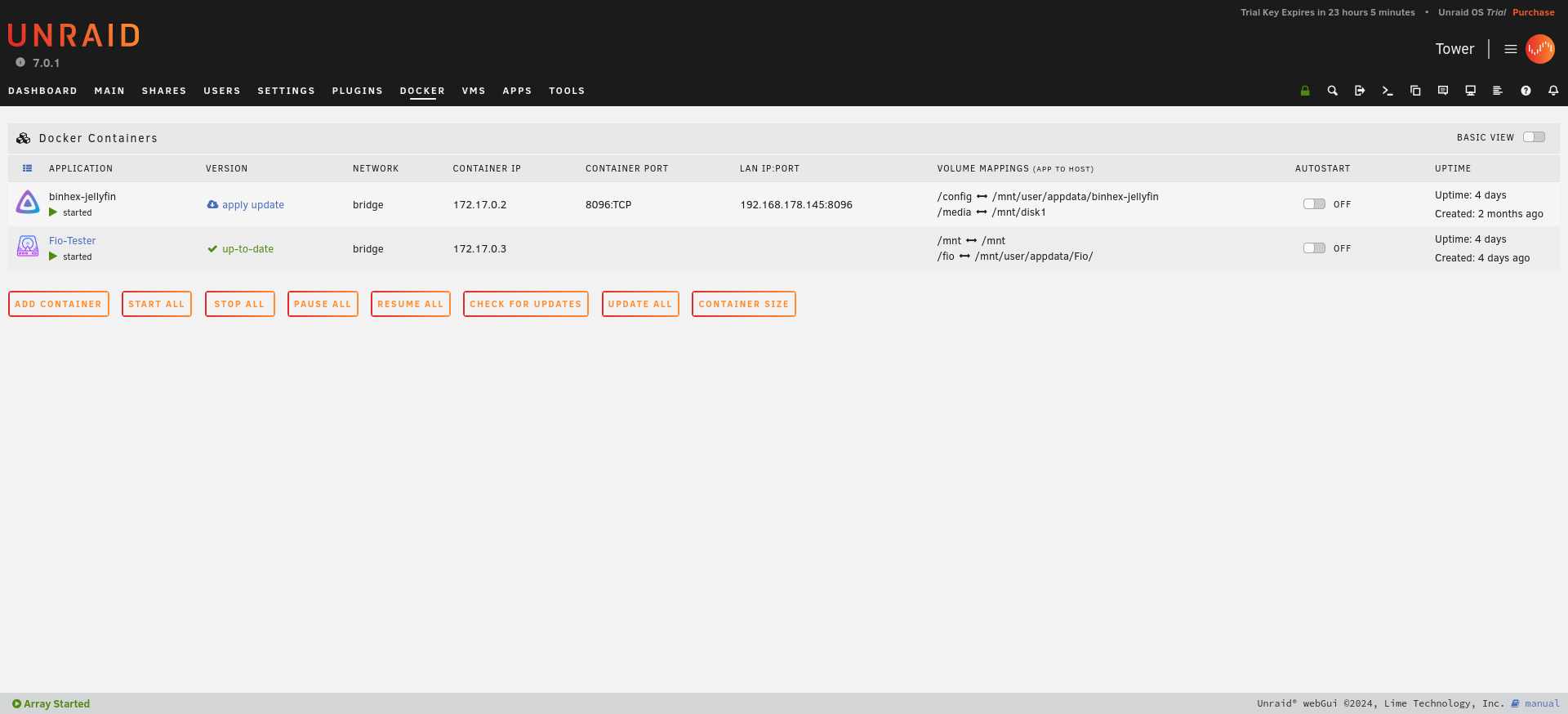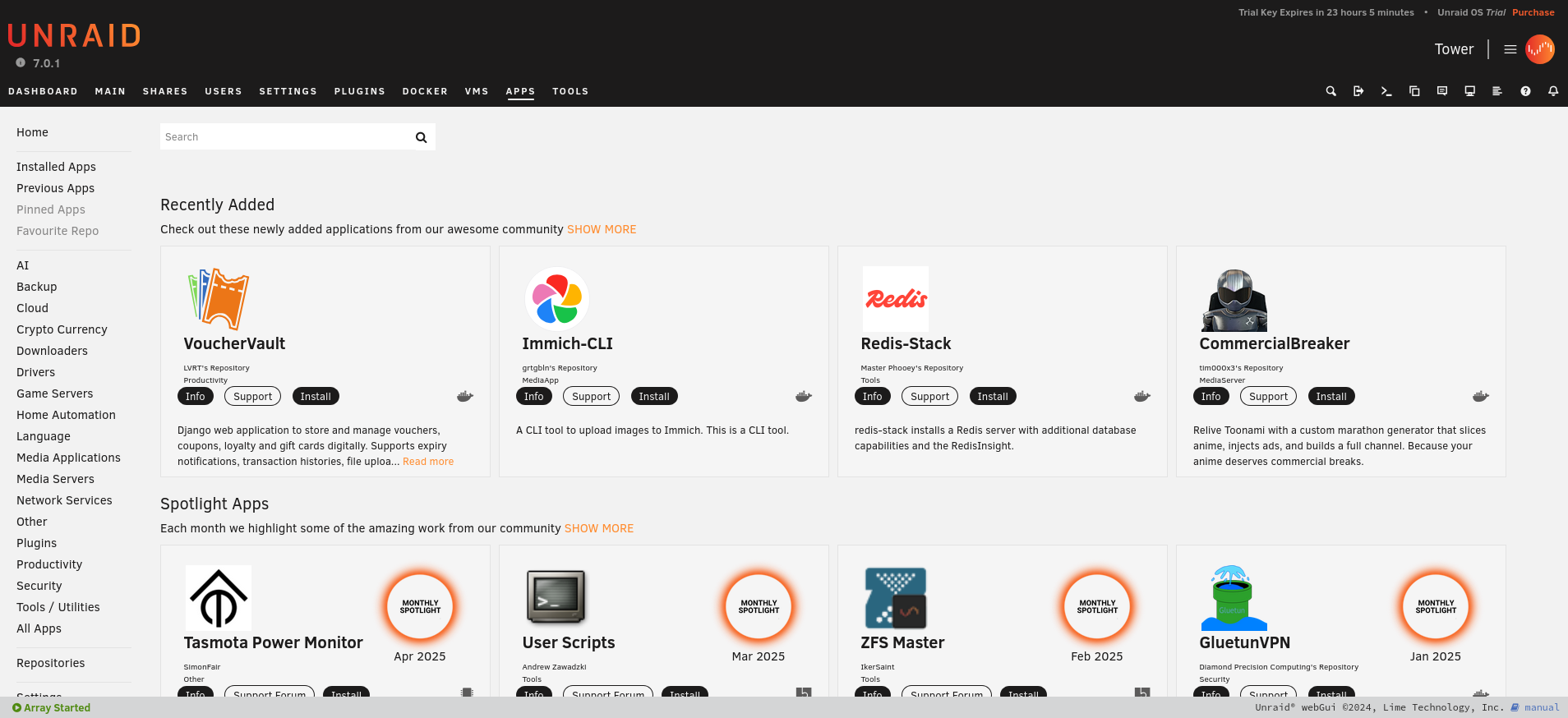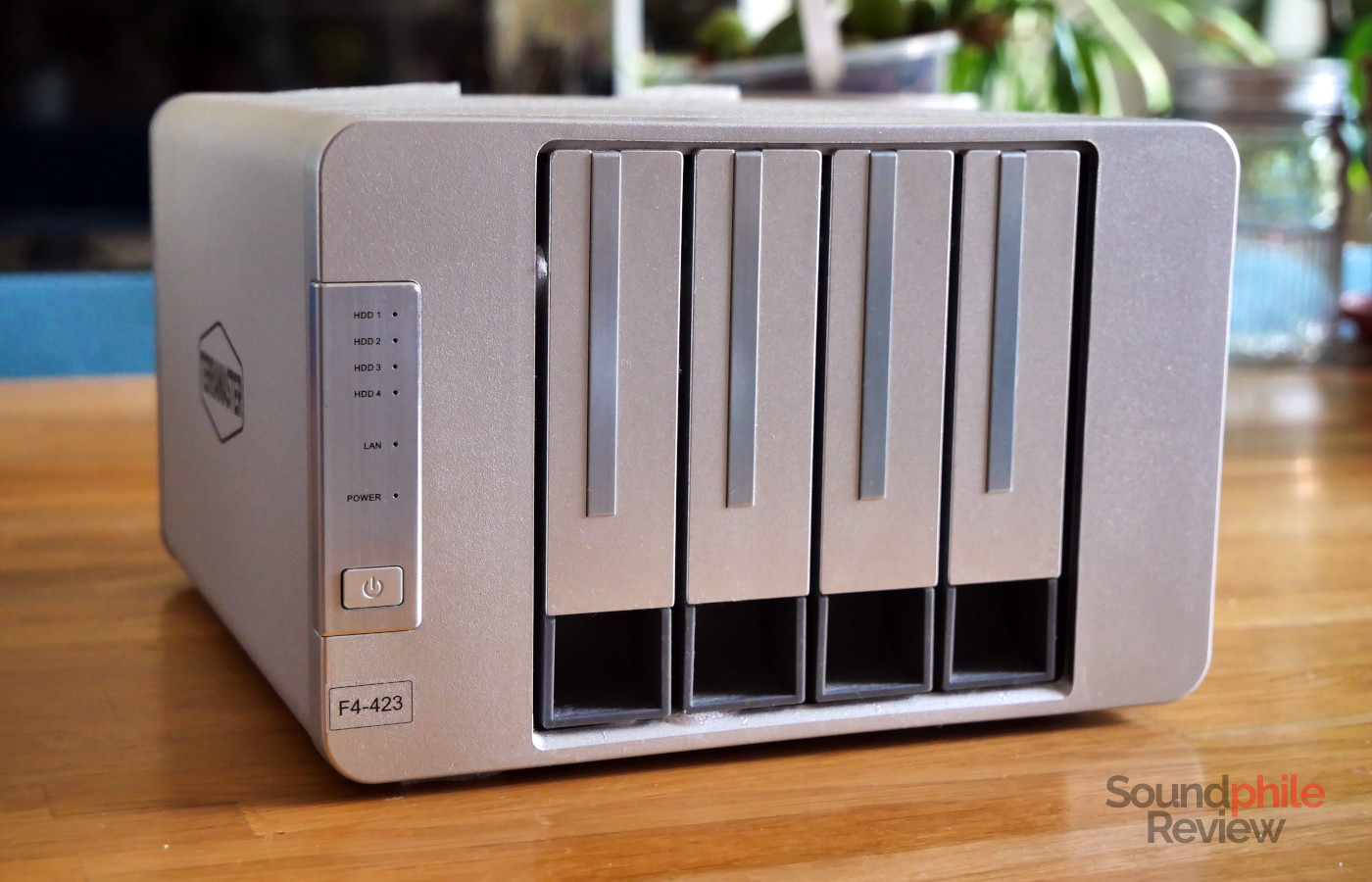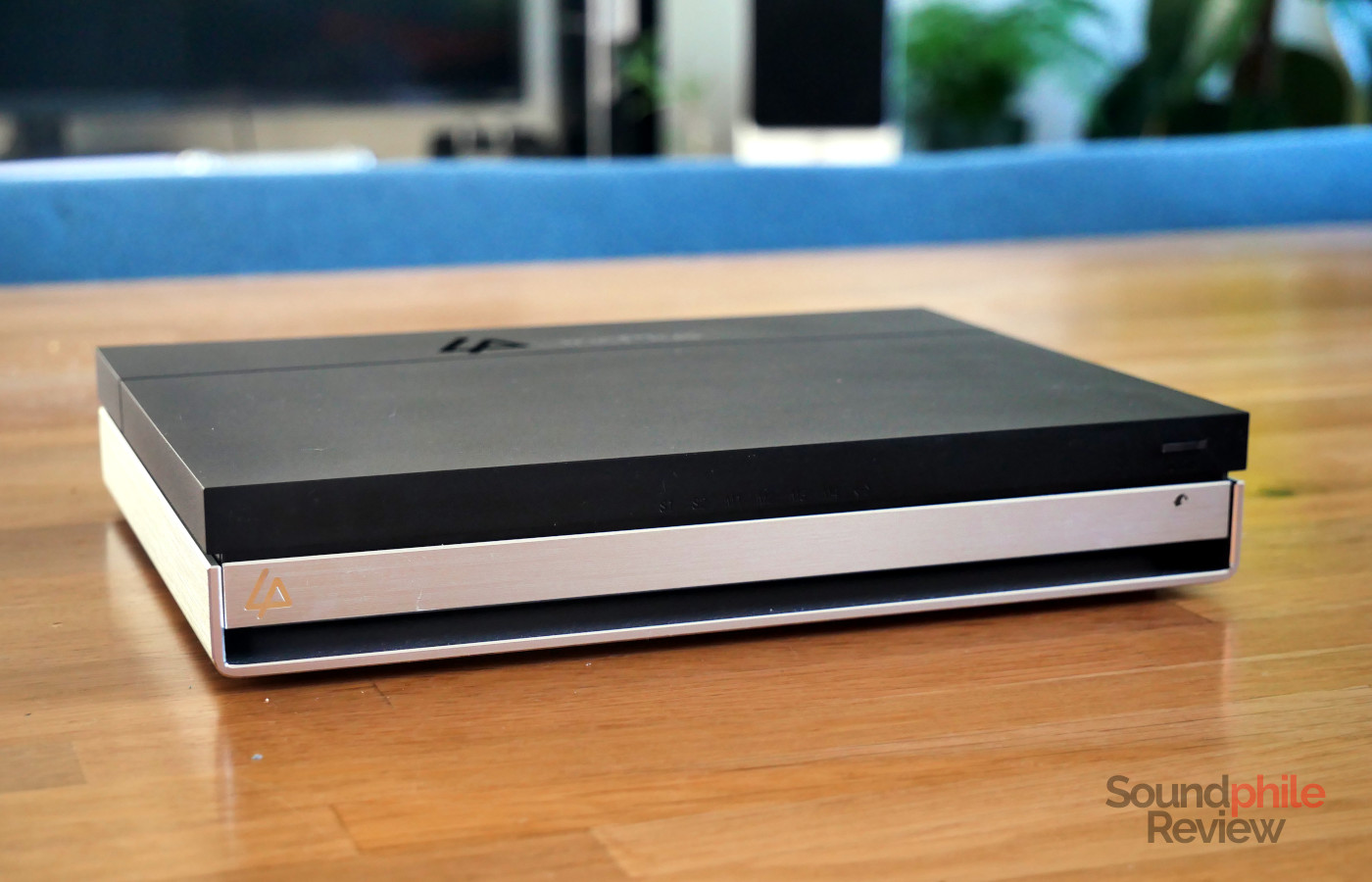I tried the LincPlus LincStation N1 a few months ago and I really liked what I saw, but there was one main missed opportunity with that device: the fact that it used network connectivity too slow to take advantage of the SSD storage it offered. The new LincPlus LincStation N2 fixes that by offering 10 Gbps connectivity, which means you will be able to take full advantage of the NVMe drives’ speed. But that’s not the only change, as LincPlus has made a few adaptations that make the N2 a definite improvement over the N1.
Disclaimer: I received a free unit directly from LincPlus for the purpose of this review. The N2 will sell for $439; as of the time of writing, the device is not yet officially available. Additional information will be available on the official website.
TL;DR: recap
| Pros |
Cons |
| + Superbly small and compact
+ Completely silent + High performance + One-year Unraid licence included with the price + You can install other operating systems + 10 Gbps connection |
– Unraid has some unusual defaults and settings compared to other NAS platforms
– Using the HDMI port requires installing a different OS or a lot of tinkering |
Rating: 9/10
Packaging & Accessories
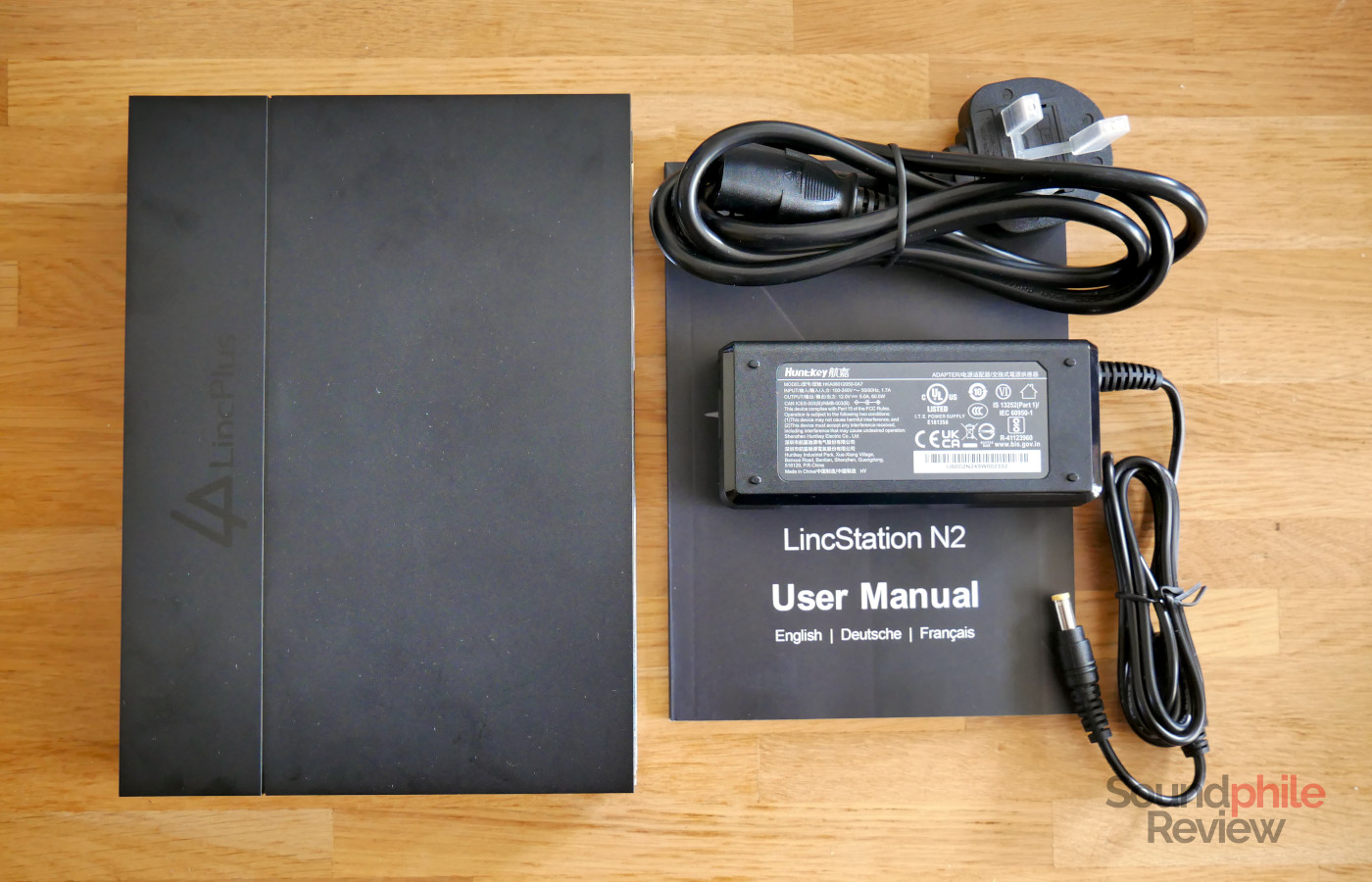
There isn’t much change here: the LincStation N2 comes in a black, relatively anonymous box with the device’s name on it; inside it we find the device itself, the power supply unit (which now outputs up to 60 W), a series of screws for 2.5″ drives, a manual, a warranty card and the Unraid key.
LincPlus LincStation N2 Hardware
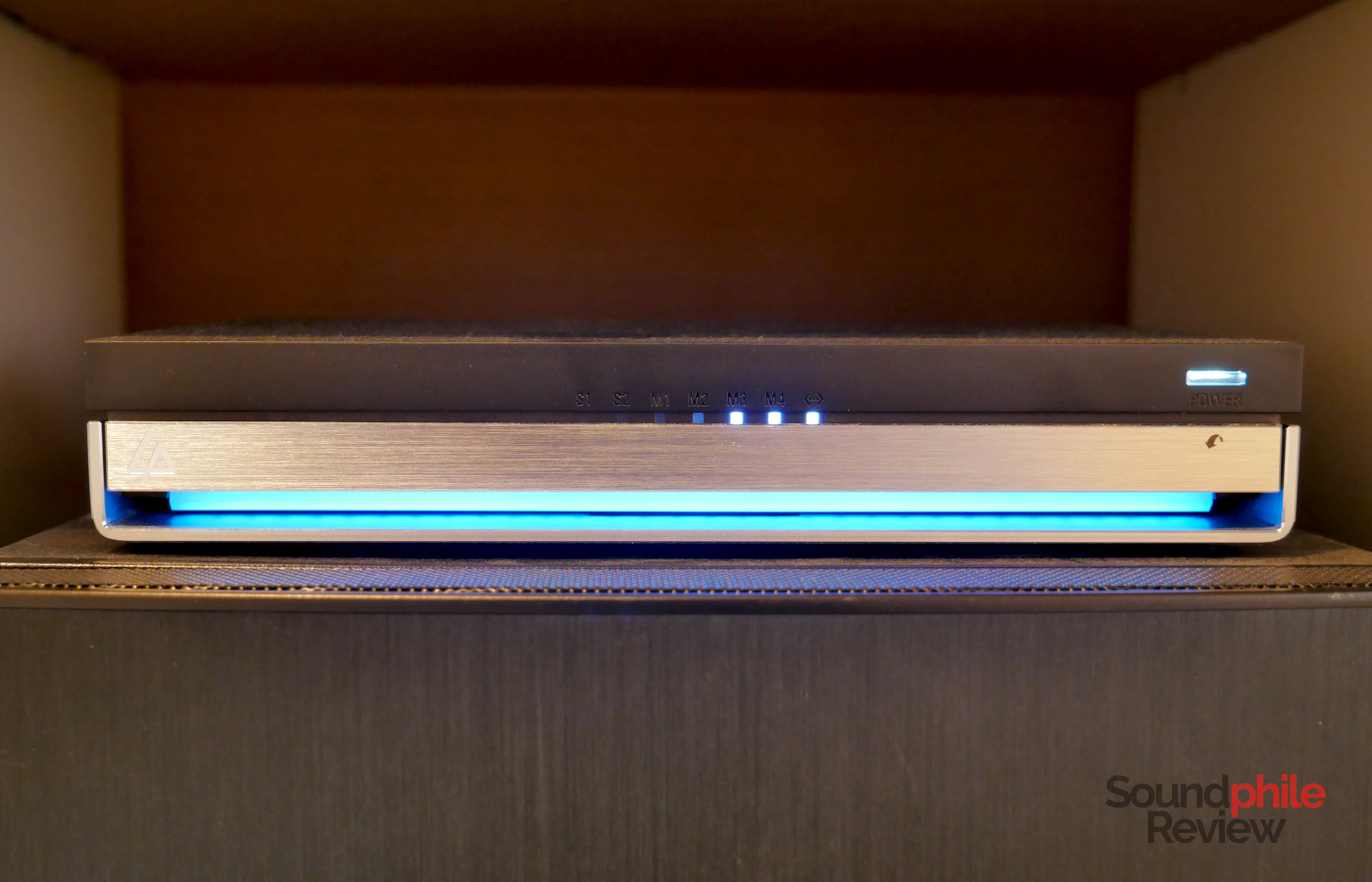
In terms of design, the LincPlus LincStation N2 is perfectly identical to its predecessor: the body is made of plastic on the top half and metal on the bottom half; the front has a small lid which hides the two 2.5″ bays, as well as a series of RGB LEDs which give the LincStation N2 a more lively appearance. The small size of the N1 is kept intact, and the LincStation N2 is just 20.9 x 15.1 x 3.7 cm, which makes it very versatile and easy to place even where there is limited space available – and thanks to the 800 g weight, it is quite easily portable, too.
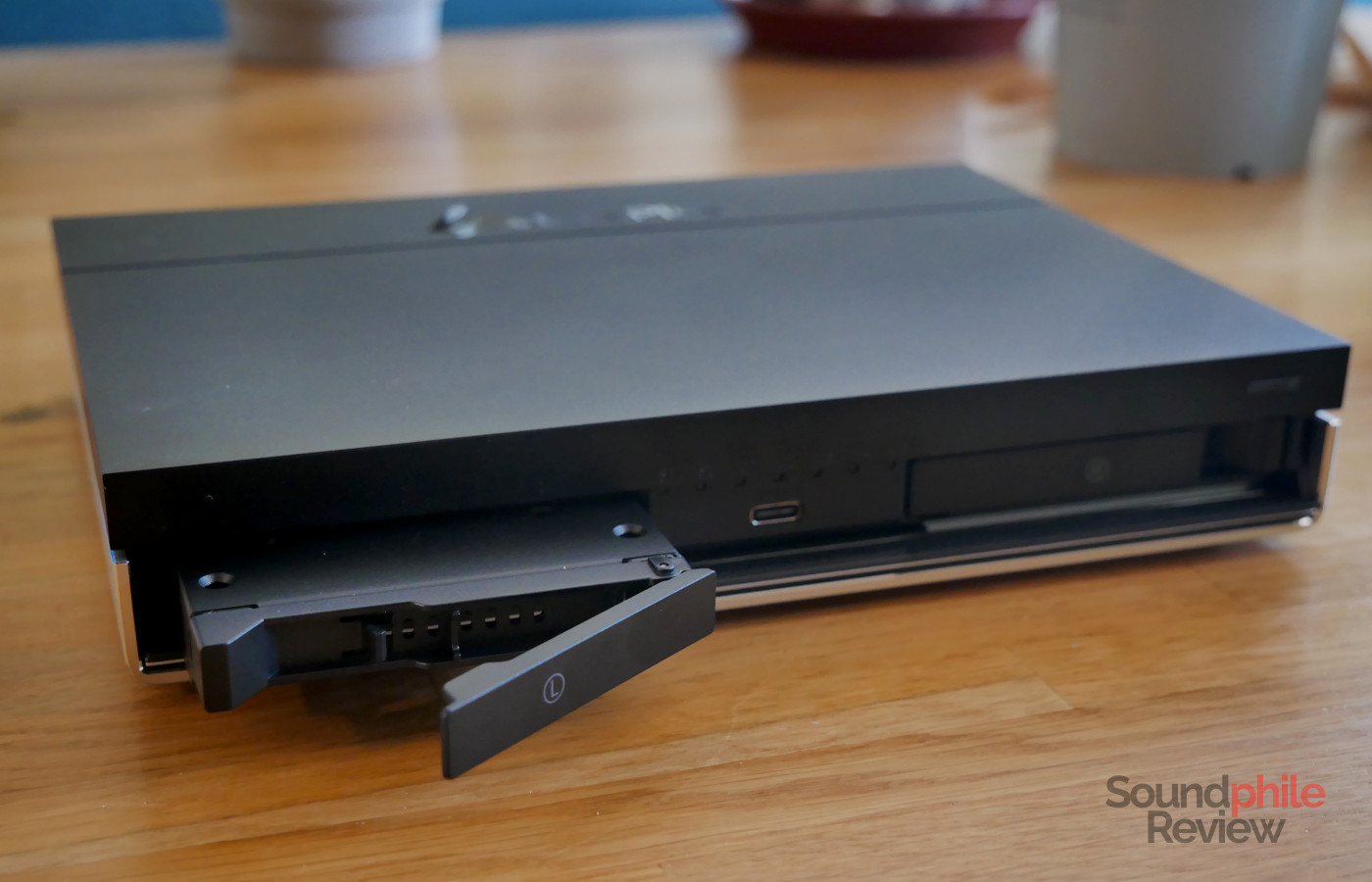
The front lid opens to reveal two trays for 2.5″ drives (be they hard drives or SSDs; the only limit is height, which has to be 7 mm or less), as well as a single USB-C port. The mechanism to open the lid is very smooth.
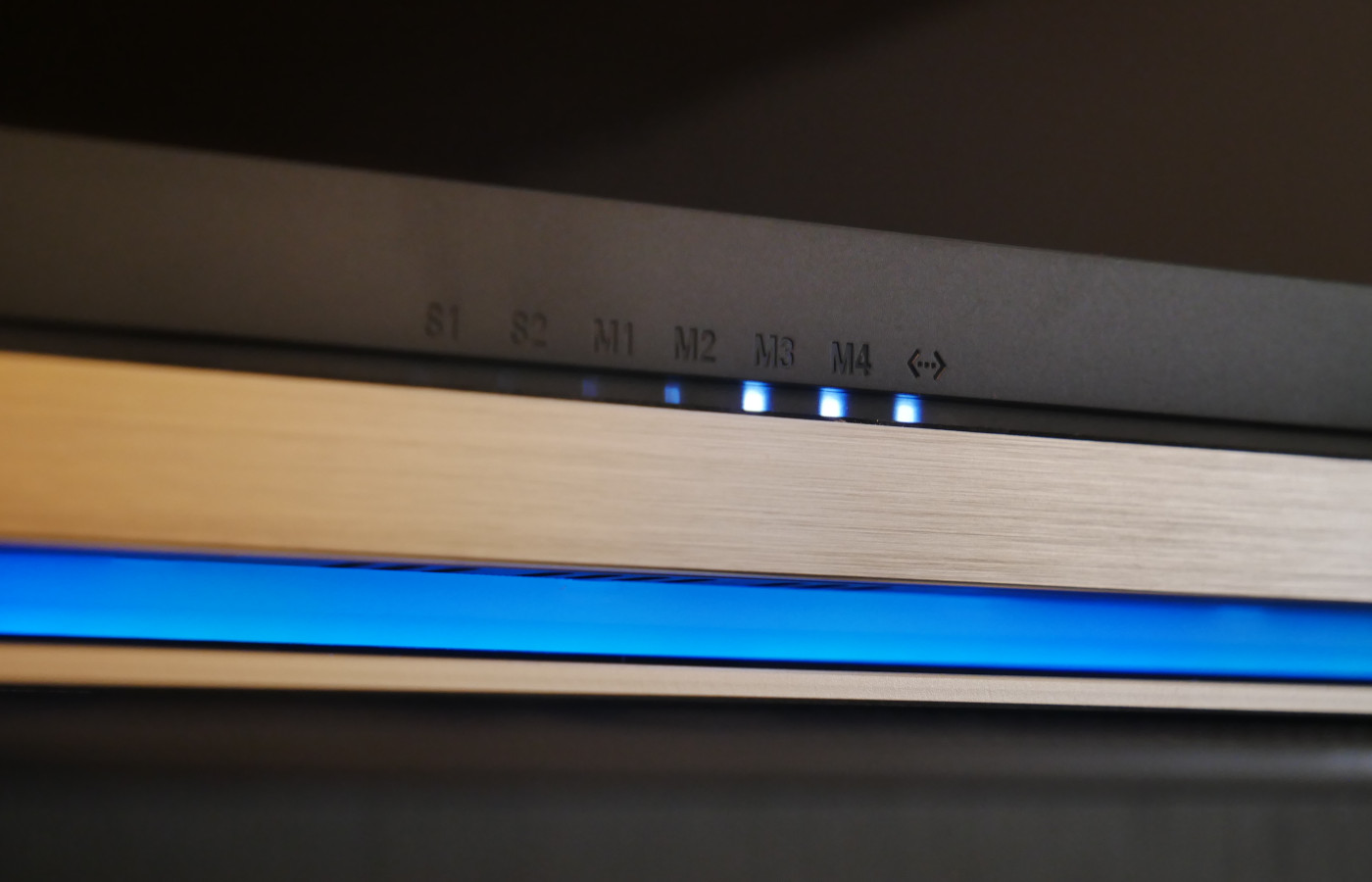
In terms of pure hardware specs, the LincPlus LincStation N2 is a step forward thanks to the much more recent Intel Alder Lake-N processor it comes with, the Intel N100; it features 4 cores (and 4 threads) like the N5105 in the previous model, but it has a more recent architecture, a boost clock of 3.4 GHz (vs 2.9 GHz) as well as a lower TDP of just 6 W (vs 10 W). RAM stays at 16 GB, but it is now LPDDR5 at 4,800 MT/s which grants higher speed. There is a 128 GB eMMC module (which is, however, not available under the default OS, Unraid), 2 SATA 3.0 ports (for the 2.5″ drives), 4 M.2 slots for NVMe PCIe drives, one 10 Gbps Ethernet connector (powered by a Marvell Aquantia AQC113C controller) as well as various USB connectors: the USB-C port on the front is now USB 3.1 (10 Gbps), while the back hosts one USB 3.1 connector and two USB 2.0 ports. There are also an HDMI port and a 3.5 mm jack.
Although the new Alder Lake-N N100 CPU has one more PCIe lane than the previously-used N5105, with a total of 9 lanes, they are still PCIe Gen 3 lanes which afford a theoretical maximum of 1 GB/s, which translates to about 985 MB/s once we take protocol overheads into account.
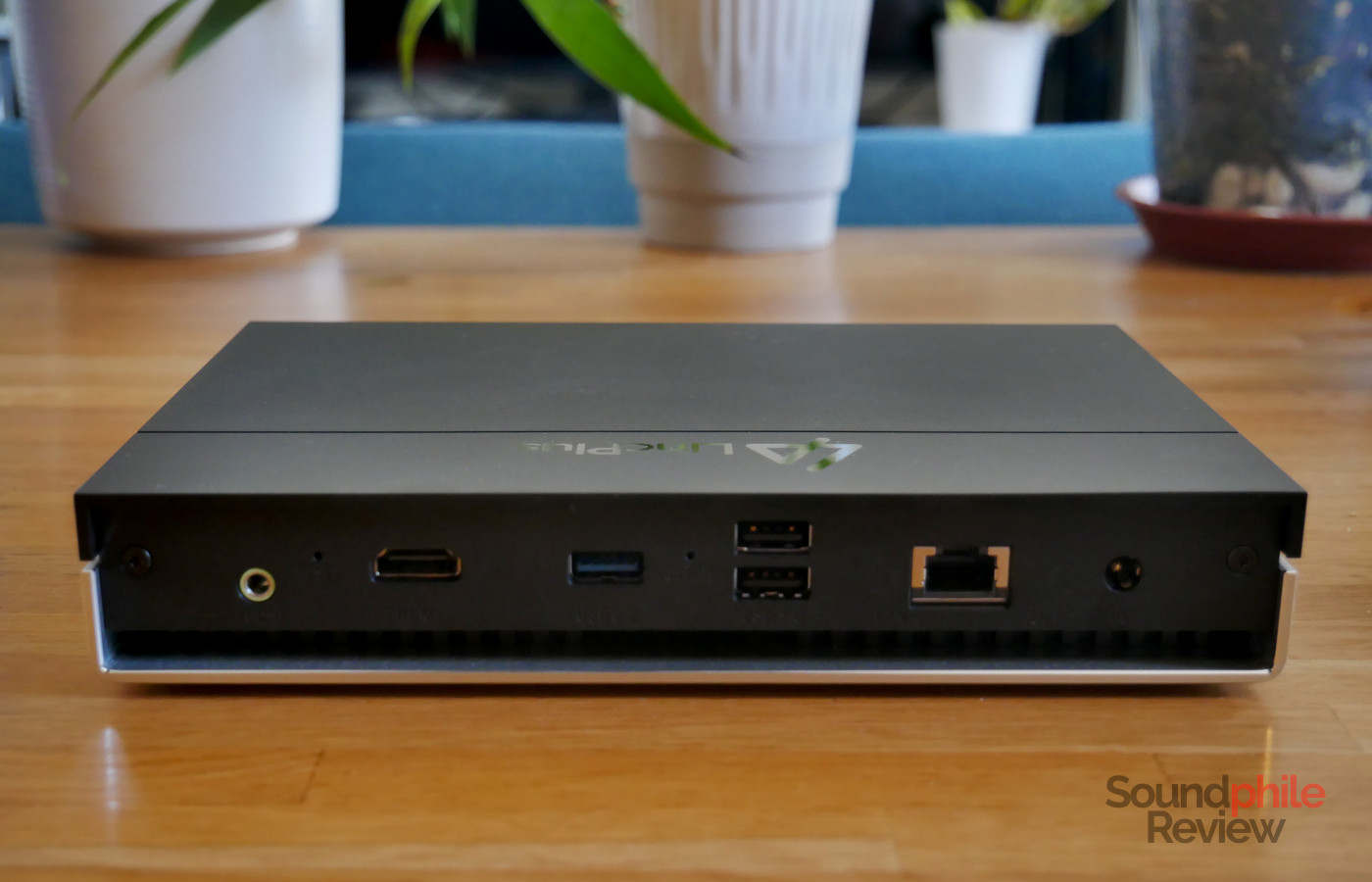
Contrary to the N1, the LincStation N2 has a small fan which helps to keep the device cool; it is almost silent, but still audible in very quiet environments. A second difference is that the newer model does not have the Intel AX200 chip which provided WiFi and Bluetooth in the previous one; it wasn’t accessible in Unraid (nor in TrueNAS, as an example), but it was fully functional if you wanted to install a different OS like Windows or another client OS.
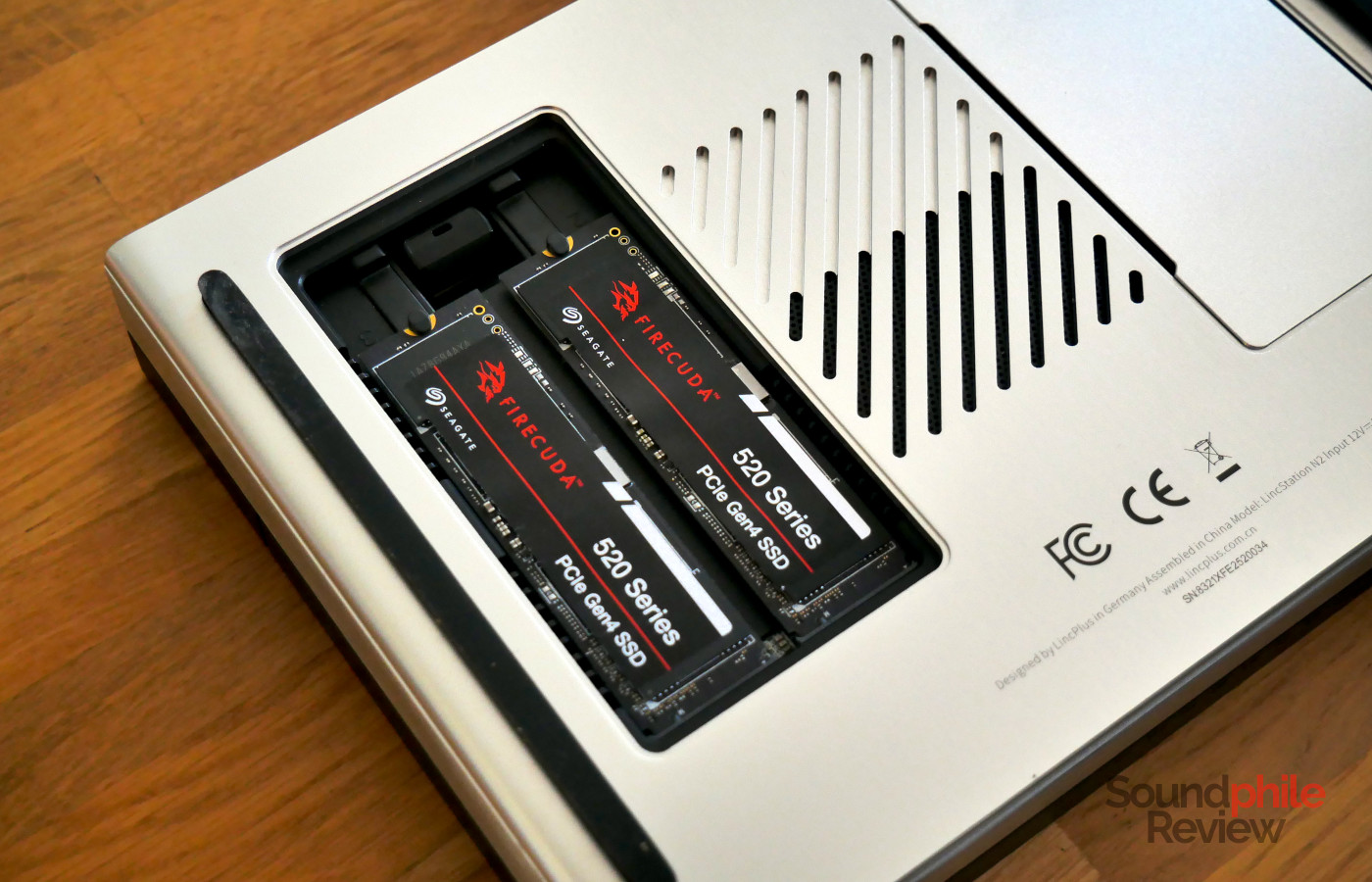
One thing I especially appreciate is the tool-less installation of the NVMe drives: you just need to pull the little tab, insert the drive and then release it. This makes installing NVMe drives a breeze and removes the usual battle with tiny screws entirely. The only downside of this system is that you can only use M.2 2280 drives, so shorter drives (e.g. 2242 or 2230) are not supported. If you look closely, there is a small USB thumb drive under the lid on the left hand side, between the SSD slots; this drive is where the NAS’ operating system, Unraid, is installed.
LincPlus LincStation N2 Software
Just like the LincStation N1, the LincPlus LincStation N2 comes with the Unraid operating system pre-installed and ready to use. This is an OS based on Linux and tailored specifically for NAS devices; it is normally sold as an OS you can install on computers you have repurposed as NAS, but in this case it comes pre-installed and is guaranteed to work – no guesswork needed to figure out if the components you have will be compatible.
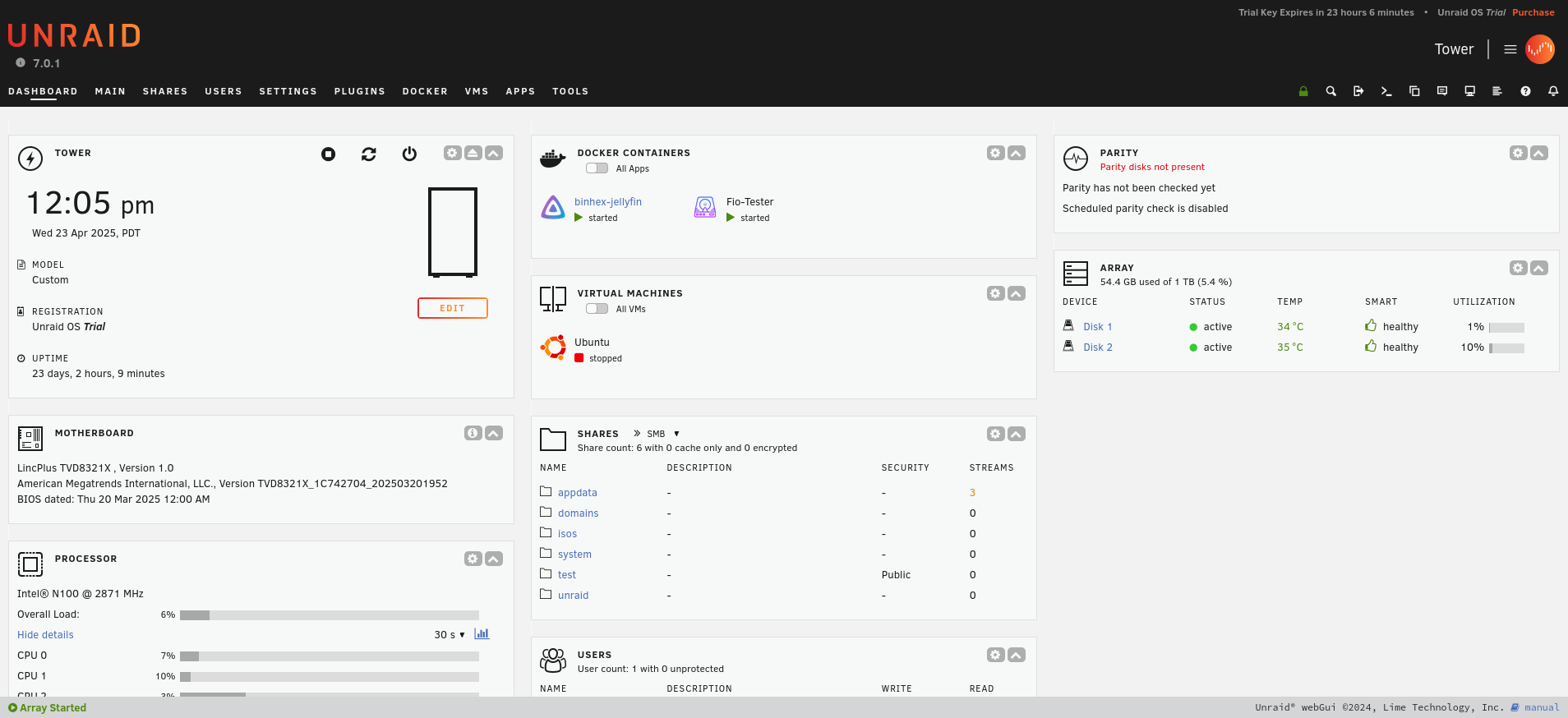
It offers a Web-based interface you can use to configure it; you just connect to tower.local and then proceed to follow the wizard for the first configuration. This entails providing a password for the root (administrator) account; you then can activate a 30-day licence trial: the licence for Unraid provided with the LincStation N2 is valid for one year, so having an additional month can give you more time to either enjoy the operating system or to decide whether you would prefer to switch to something else. Even once the licence expires, though, the NAS will keep on working normally; the only difference is that you will not receive any more updates.
Unraid is meant for power users and is therefore very different from the OSes used by companies like Synology and QNAP; it doesn’t have a desktop-like interface with windows and applications, but it relies on more traditional menus to access its features and functionalities. Unraid also does not come with applications by default; in order to install them, you have to enable Docker, enable the third-party application repository and then browse the catalogue.
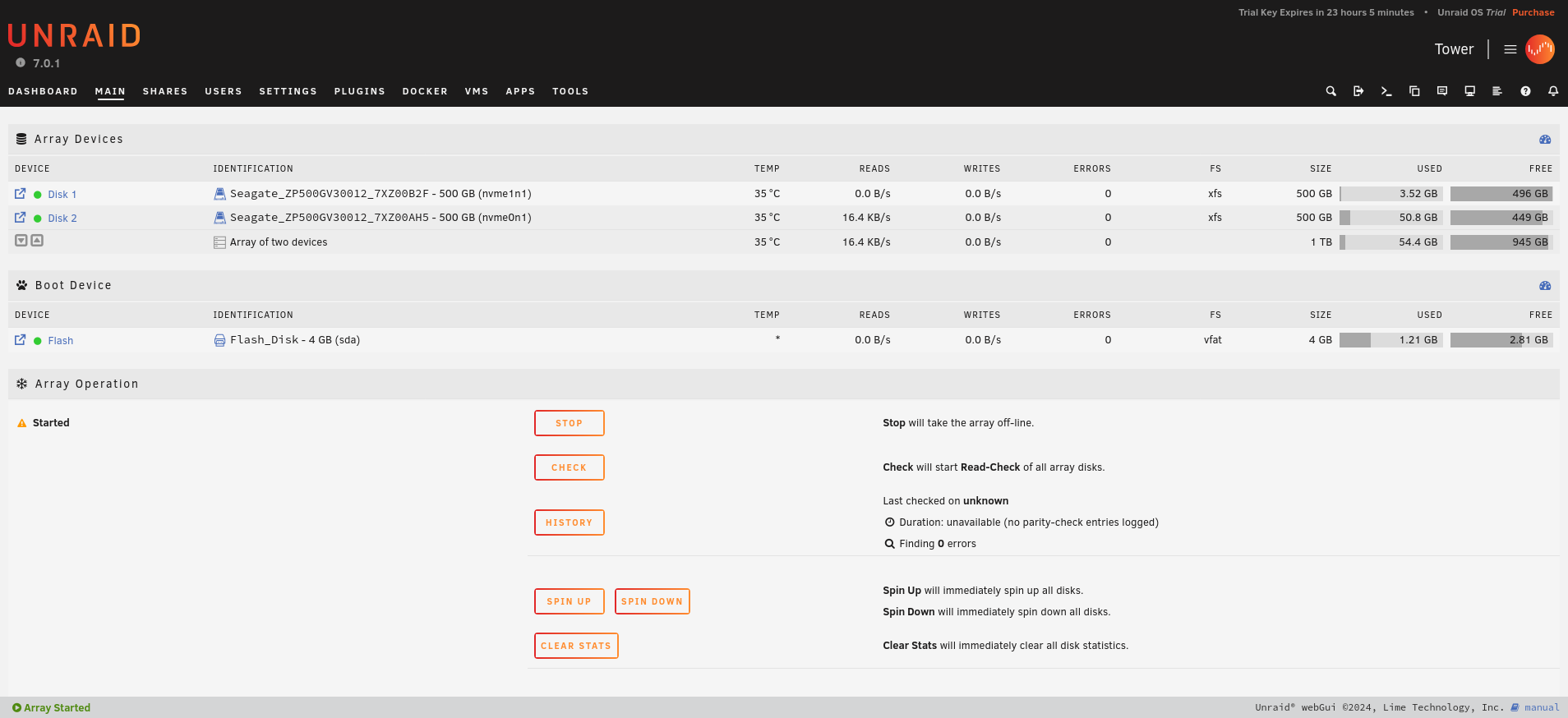
The main screen shows you a view of the available storage devices; here you can create an array (which is for storage) and a pool (for cache). Normally you want a pool to speed up transfers when you are using spinning hard drives; with a device like the LincStation N2, this is mostly redundant as it relies on SSDs for its main storage, although you could use 2.5″ hard drives. For some weird reason Unraid configures the array not to start automatically at boot, so you have to manually log in and start it; you can change this by going into the settings (Settings → Disk Settings → Enable auto start → Yes).
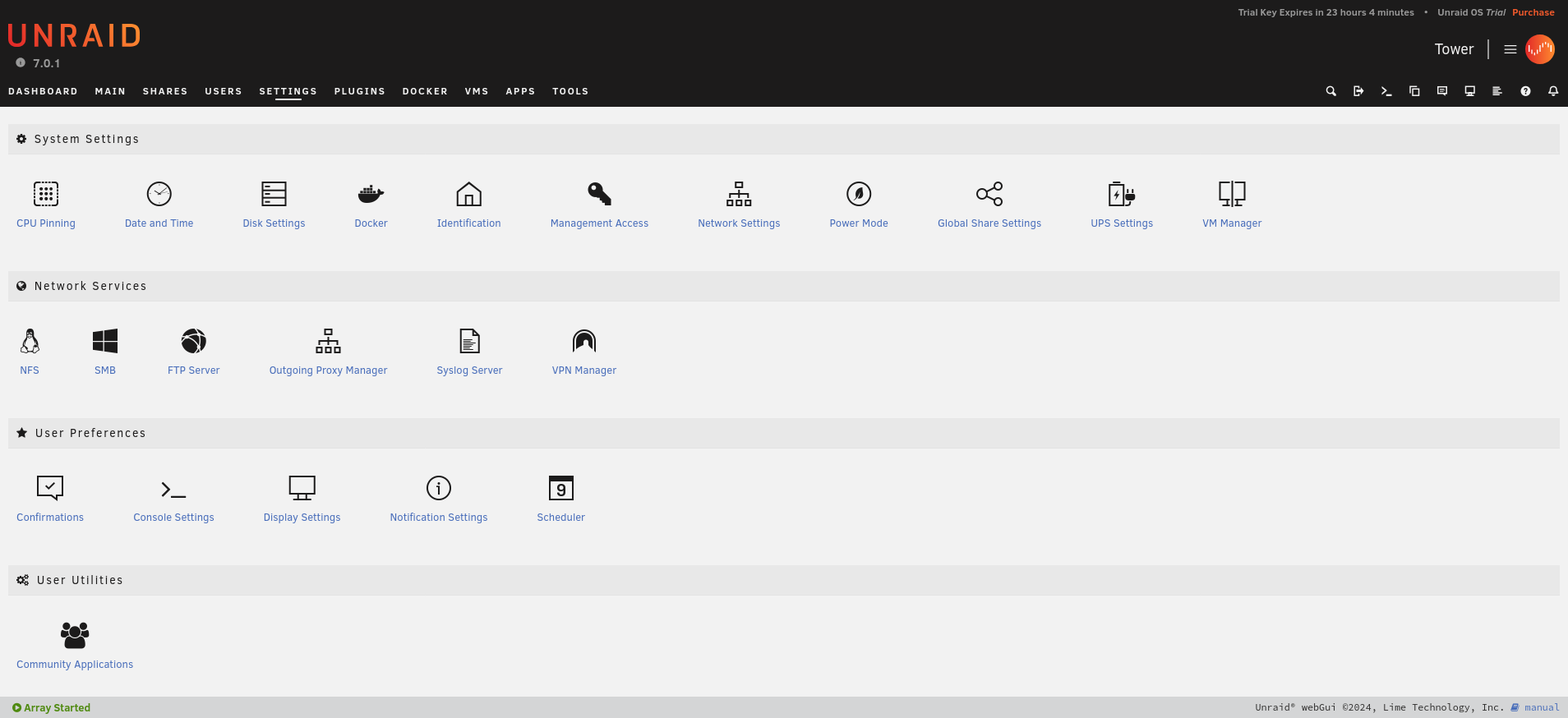
Another setting you should change in order to take full advantage of the 10 GbE connectivity is the MTU value: its default is 1500, but in order to get the maximum possible speed you should change it to 9000 so that you can benefit from jumbo frames, which improve bandwidth utilisation and, ultimately, data throughput.
You can boot Unraid with a GUI, but that is minimal and only includes access to a Firefox browser. In order to play content directly on the device, you should probably install a client operating system like Ubuntu or Windows. In order to use the LincStation N2 as a host to stream your multimedia files, you should install an application like Jellyfin which is available from the catalogue and is designed to stream both video and music.
LincPlus provides additional software to control the RGB lighting; you can connect to it by typing your NAS’s address followed by port 50000 – as an example, 192.168.1.10:50000. LincPlus has finally translated this to English, so it is really easy to use.
Sound
Since this is a blog about audio, let’s talk about how the LincStation N2 sounds: it has a 3.5 mm jack, after all! Just like with the HDMI port, you won’t be able to take advantage of it using Unraid and you will have to either boot another OS or pass the audio port to a virtual machine (which I couldn’t do, but I also didn’t spend an awful lot of time trying to make it work).
It looks like there was no change from the N1, and the LincStation N2 offers enough power to drive even demanding headphones like the Sennheiser HD 6XX with seemingly no issues; there is some hiss with low-impedance, high-sensitivity earphones, but the overall quality is more than acceptable. Audiophiles will probably want to use one of the USB 2.0 ports to plug in a DAC and use that device for their audio needs, however, and in this regard the inclusion of the USB 2.0 ports is very welcome.
When it comes to the ages-old question of whether using SSDs makes a difference in terms of audio quality when using the device as an actual NAS, the answer is a resounding no. It simply doesn’t, which is entirely expected and according to designs – why would storing bits on a magnetised platter be any different to storing them in a flash chip? Where it does make a difference, however, is in the noise the NAS produces while functioning; the LincStation N2 is normally almost completely inaudible, thanks to the fact that there are no moving parts on the storage side and that the fan is super quiet during normal operation. This means you can keep the device close to your sound system, if you wish, without that becoming a concern about background noise; this can make it easier to integrate the NAS into your pre-existing setup.
This applies if you are using an all-flash setup; if you plan to instead use spinning drives in the 2.5″ bays, the normal considerations apply for that kind of arrangement: the LincStation N2 will make some noise (depending on what drives you use) and will require placement away from your listening space to minimise background noise.
Final Thoughts
As they say, you don’t change a winning team, so LincPlus made the LincStation N2 a better device than the N1 by changing only what needed to be changed. Overall, the LincStation N2 is a great NAS for the price, with a lot of flexibility and very good hardware to go with its renowned operating system.
When it comes to choosing between the LincStation N2 and the N1, the N2 is the clear winner: it has faster processor, RAM and network connectivity, as well as faster USB-C and an additional USB port. It overall is a (much) better device for just $40 more. LincPlus really listened to suggestions from users and specialised press alike and introduced a few changes that made the device better without revolutionising an already winning formula. If you already own a LincStation N1, I think that the upgrade makes sense only if you absolutely require the 10 Gbps connection, and also if you have a network set up to support that sort of speed. The differences in other areas are overall not significant enough.
If we compare the LincStation N2 against the competition, it emerges as the winner: it is the only sub-$500 all-flash NAS to support 10 GbE connectivity, and it has much better hardware than the only other similarly-priced competitor, the ASUSTOR FlashStor 6 Gen1.
Overall, I think that the LincPlus LincStation N2 is a great NAS device that can meet the needs of both newcomers to the NAS space as well as experienced power users. Thanks to a mix of very good hardware and well-designed software (which you can replace anyway if you find it doesn’t suit your taste), it is a brilliant device that I can easily recommend.

